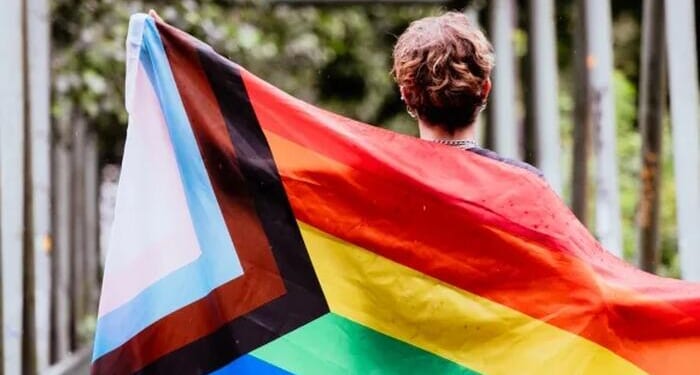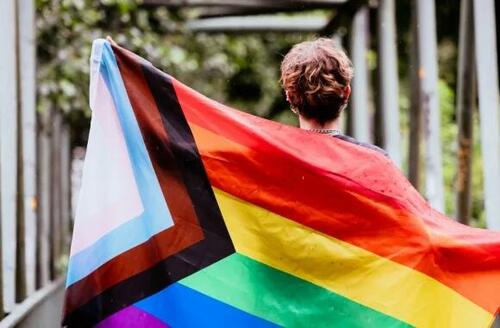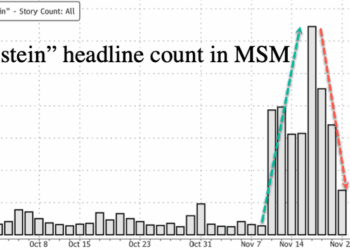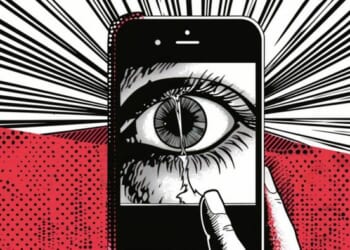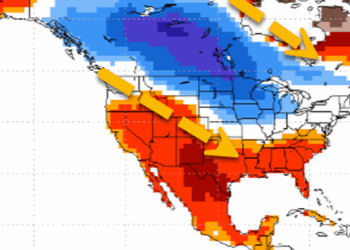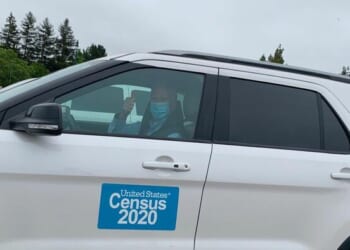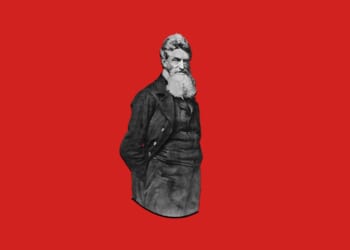Authored by Jeanine Yuen via The College Fix,
About one in three Brown University freshmen say they are gay, bisexual, transgender, or one of the other numerous options, according to a recent survey by the student newspaper.
The numbers are somewhat similar to a survey two years ago, also by the Brown Daily Herald, which found 40 percent of the student body identified as LGBTQ.
The survey garnered 733 responses, which is about half of the class of 2029.
Of the respondents, 12.8 percent said they were bisexual, five percent said they were “questioning or unsure,” six percent said they were gay or lesbian, and 1.6 percent said they were “pansexual.”
Several social scientists provided insights into the data and broader trends of LGBT identification among college-aged students.
Eric Kaufmann, a professor of political science at the University of Buckingham, said the percentages are close to 30 percent across the entire student data set, with some schools seeing 40-50 percent LGBT identification.
Kaufmann attributed this to “female bisexuality” – a figure that has nearly doubled since the 2010s.
He previously has conducted research on trends in LGBT identification.
The social scientist says it seems the increase is linked to mental illness and social pressure.
“As the share of female bisexuals has soared, the number of them having same-sex relationships has gone down. That tells you something: it’s more of an identity than a behavior,” Kaufmann wrote in an email to The Fix.
“And the rate is not higher among university students than non-college young people,” he said.
“So this is only – in my view – partly connected to woke ideology and politics.”
A quantitative social scientist who regularly comments on social issue polling and studies provided comments on why the incoming class at Brown might identify as LGBT at a smaller percentage than the student body several years ago.
“First, multiple polls have shown that younger members of Generation Z are more politically conservative than older members of Generation Z,” Professor Michael New told The Fix via email.
“Additionally, multiple news reports indicate that this generation of young men are more religious and more likely to attend church than previous generations of young men,” the Catholic University of America professor said.
He also explained why LGBT identification might still be higher overall at Brown than other universities.
There is a strong likelihood “students at elite universities, like Brown, are more likely to identify as LGBT than other members of their age demographic” due to higher socioeconomic backgrounds and secularity,” he said.
Research by Kaufmann, the Buckingham social scientist, has found similar results.
About 23 percent of Gen Z identifies as gay, transgender, or another sexual orientation, according to Gallup.
Gallup’s survey also revealed the average percentage of Gen Z adults identifying as LGBT to be 22.7 percent in the past two years. The average drops as they survey older generations.
A representative for the polling company told The College Fix the differences could be because “while LGBTQ+ Americans across generations realized they were LGBTQ+ at similar ages, those in older generations came out at much later points in life than young LGBTQ+ Americans today.”
“[I]f you realize you are LGBTQ+ during an era of greater acceptance, you are more likely to self-identify as LGBTQ+ than if you came of age in a time of comparatively less acceptance,” Justin McCarthy wrote in an email to The Fix.
Loading recommendations…

